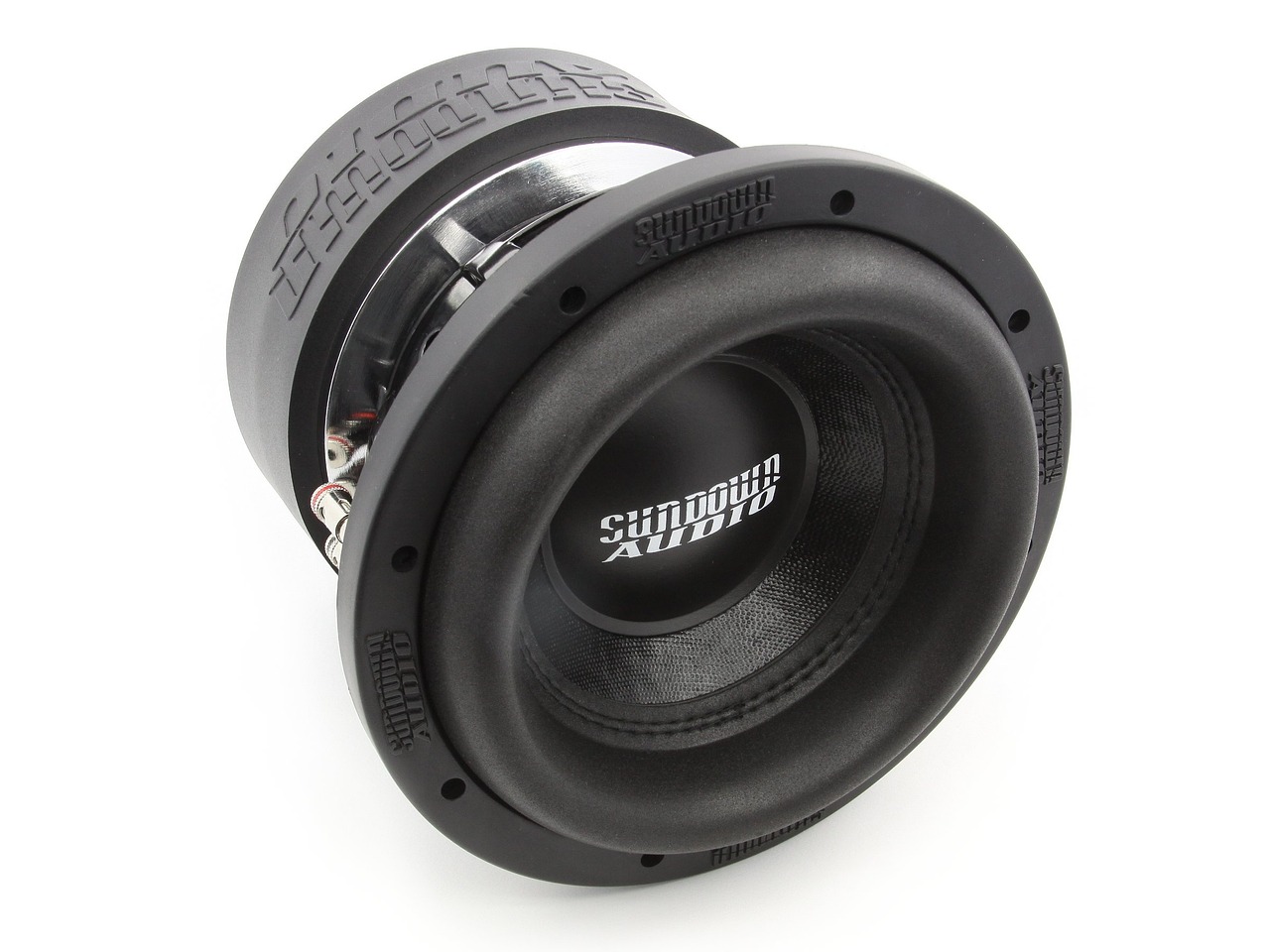Influence of enclosure materials and design on loudspeaker performance
The speaker housing plays a key role in shaping the final sound of the audio system. This is not just an aesthetic addition - the materials and design of the housing have a direct impact on the sound quality. In this article, we will look at how different aspects of the cabinet affect the sound of the speakers.

The role of the loudspeaker housing
Before we dive into the details, it's worth understanding the basic functions of a speaker cabinet:
- Isolation of sound waves generated by the front and rear parts of the membrane.
- Resonance and vibration control.
- Shaping the bass characteristics of the loudspeaker.
- Protection of loudspeaker components against damage.
Housing materials
Different materials have different acoustic properties that affect the sound of the speaker:
1. Wood and wood-based materials
MDF (Medium Density Fiberboard): Popular due to its low cost and good damping properties. Often used in mid-range speakers.
HDF (High Density Fiberboard): Denser and stiffer than MDF, offers better vibration damping.
Plywood: Lighter than MDF, but equally stiff. Often used in high-end speakers.
Solid wood: Provides a natural warmth to the sound, but is more difficult to process and more susceptible to changes in temperature and humidity.
2. Synthetic materials
ABS and other plastics: Lightweight and damage-resistant, often used in portable and car speakers.
Carbon composites: Very stiff and light, used in high-end constructions.
3. Metals
Aluminum: Light and stiff, often used in more advanced designs.
Steel: Provides excellent damping, but is heavy.
4. Hybrid materials
Some advanced designs, such as those offered by Diora Acoustics (https://dioraacoustics.com), use combinations of different materials to optimize sound and appearance.
Influence of housing design
The design of the housing itself is as important as the materials from which it is made:
1. Shape of the housing
- Rectangular: Most popular, but may lead to standing waves.
- Rounded: Helps reduce edge diffraction.
- Asymmetric: Helps in dissipating internal resonances.
2. Internal reinforcements
Additional reinforcements inside the housing help reduce vibrations and improve overall structural stiffness.
3. Damping materials
The internal filling of the housing with damping materials (e.g. mineral wool, acoustic foam) helps control resonances and improves bass characteristics.
4. Bass-reflex ports
Enclosures with bass-reflex ports use the resonance of the air in the port to enhance low frequencies, but require fine tuning.
5. Closed housings
They offer more precise and controlled bass, but usually at the expense of efficiency.
How do materials and construction affect the sound?
Stiffness: Stiffer materials and structures minimize unwanted vibrations, resulting in a cleaner, more precise sound.
Damping: Materials with good damping properties reduce unwanted resonances, leading to a more neutral sound.
Mass: Heavier cabinets are less susceptible to vibration, but may affect sound dynamics.
Diffraction: The shape and finish of the edges of the housing affect sound dispersion, which in turn affects soundstage and clarity.
Resonance: Each material has its own resonance characteristics, which can add subtle coloration to the sound.
Summary
Choosing the materials and design of a loudspeaker enclosure is a complex process that requires finding a balance between various factors. The best designs often combine different materials and techniques to achieve optimal sound quality.
When choosing speakers, it is worth paying attention not only to technical specifications, but also to the quality of the housing. A well-designed enclosure can significantly improve the sound of even mediocre drivers, while a poor enclosure can limit the potential of even the best components.
Remember that ultimately the most important thing is the sound you hear. It's always worth listening to a variety of speakers before making a decision to find the sound that best suits your preferences.
Post a Comment